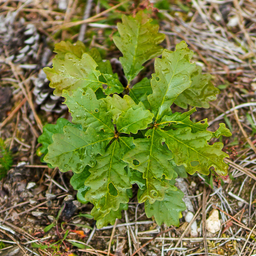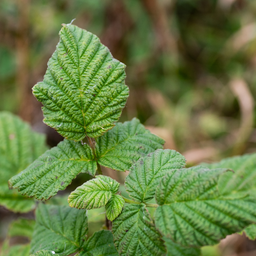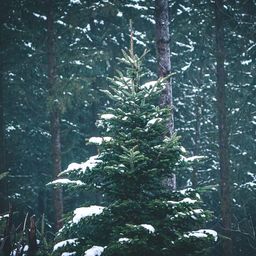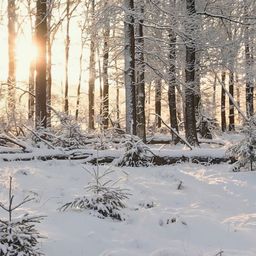Sessile Oak
Sessile Oak
Sessile oak (Quercus petraea). Some call it the king of trees: the Oak is an imposing tree common in our forests and gardens. A multiole-species tree, Quercus is present in all regions of France.
Depending on the species, the Oak can be a tree over 35 m high. The ones usually found in parks are 15-20 m high. The Oak is a tree capable of living for several centuries.
- Growth: rapid
- Height: 30 to 50 meters
- Foliage: dense and persistent; solid green; the most common leaf shape is lobed.
- Trunk: irregular crown appearance with bent branches
- Bark: rich in tannin
- Color: light brown
About Luthenay forest
About Luthenay forest
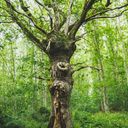
Other tree-owners also looked at
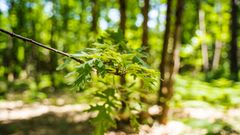



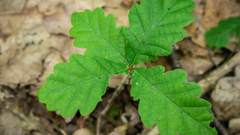

Please note that this is promotional communication. See our notice of information.
Want to know more?
Explore EcoTree's unique approach to forestry, reforesting and how we give everyone a chance to own a piece of the forest.

